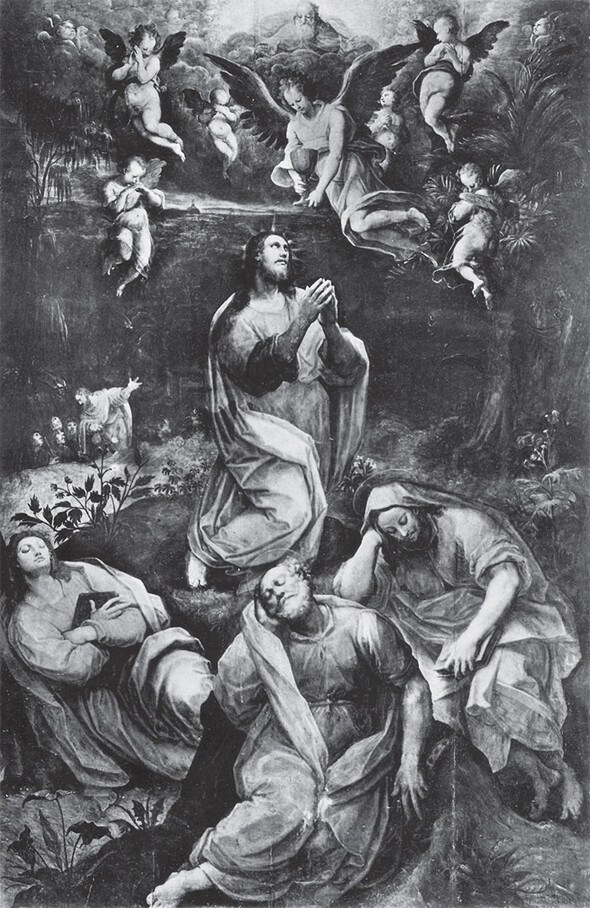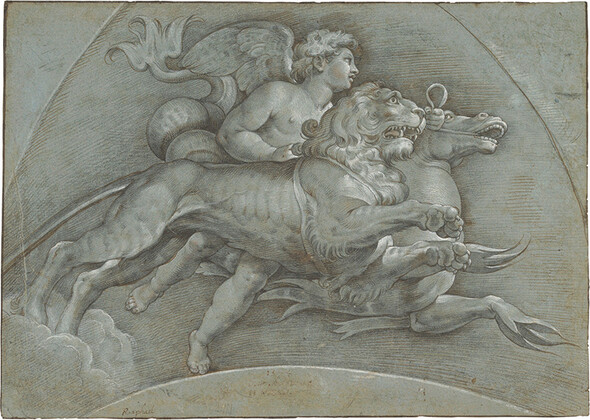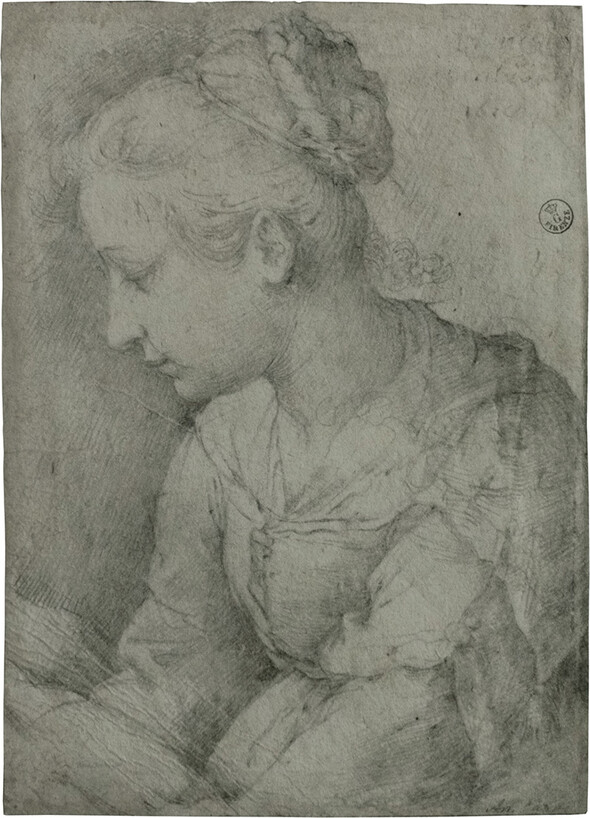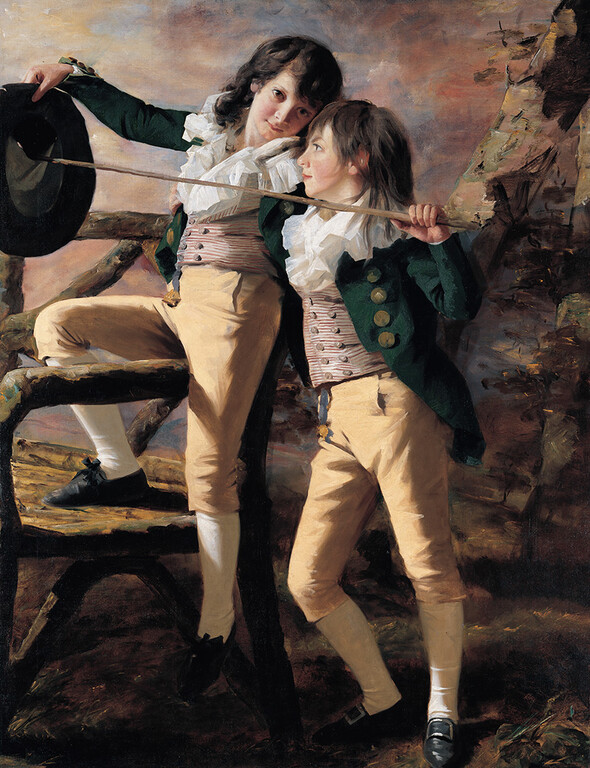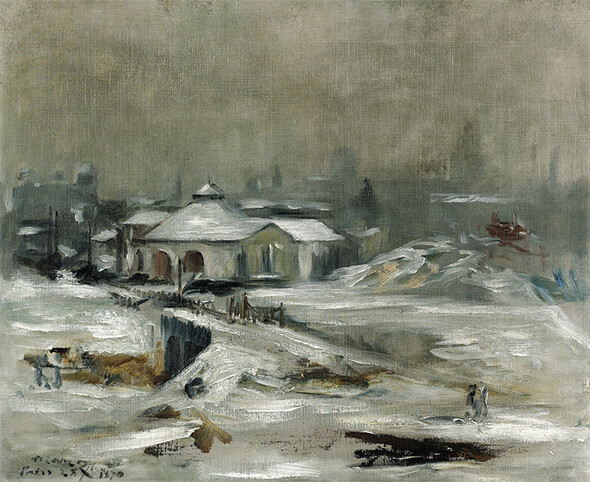Want to continue reading? Get 1 month digital access for only .
Subscribe now
By using this website you agree to our Cookie policy
In 1956 a house in the market town of Sudbury was advertised for sale in Country Life. Of late medieval origins, it had, like many other houses in the town, been developed in the Georgian period and given an elegant street façade. What distinguished it was that it had been the home of Thomas Gainsborough in his youth. A group of local supporters, including Sir Alfred Munnings, inspired by a recent campaign to save Renoir’s House at Cagnes-sur-Mer, got together and raised the funds to acquire the house; it was then opened to the public in 1961. Since then it has flourished as a museum dedicated to the artist, opening seven days a week, mounting temporary exhibitions and gradually acquiring a significant collection of paintings, drawings and prints by Gainsborough, as well as a large archive of material relating to the artist.
The inspirational exhibition La Manufacture des Lumières: la sculpture à Sèvres de Louis XV à la Révolution at Sèvres Cité de la Céramique (closed 18th January), set out to prove that porcelain figures are not mere decorative whimsy but significant works of sculpture worthy of serious study. This is fighting spirit, understood by those who work in the field of porcelain, but less recognised by those who do not. Perhaps this is to be expected when so often the products of porcelain factories are associated with day-to-day domestic life, their sculptures relegated to mere decoration rather than seen as works of art in their own right. This may be inevitable when many were originally intended to replace the sugar figures used to decorate the dessert table but which, because of their hydroscopic nature, tended to melt into a sticky mess. Crisp, fired porcelain, with a glossy glaze and often coloured, was a brilliant and lasting alternative. But, as was seen in this exhibition, this was just the beginning of a story that developed into an extraordinary, innovative and surprising partnership between the fine and decorative arts in eighteenth-century France.
MARCO CHIARINI , who died at his home in the via Romana, Florence, on 6th November 2015 aged eighty-two, was born in Rome on 1st September 1933 into a family with Tuscan roots. He graduated from Rome University, where he studied under the Renaissance art historian Mario Salmi, writing a thesis on the ‘Maestro del Chiostro degli aranci’ and the frescos in the Florentine Badia, which turned his thoughts to that city. He moved to Florence in 1964, and he spent the rest of his life there, working for the Soprintendenza, and serving from 1969 until his retirement in 2000 as Director of the Galleria Palatina in Palazzo Pitti.
NO ONE ENCOUNTERING Andrew Ciechanowiecki can have doubted his aristocratic origins. They might have been more surprised to learn of his underground activities in the early 1940s, his participation in the Warsaw Uprising in 1944 or the fact that he spent nearly six very difficult years in prison.
